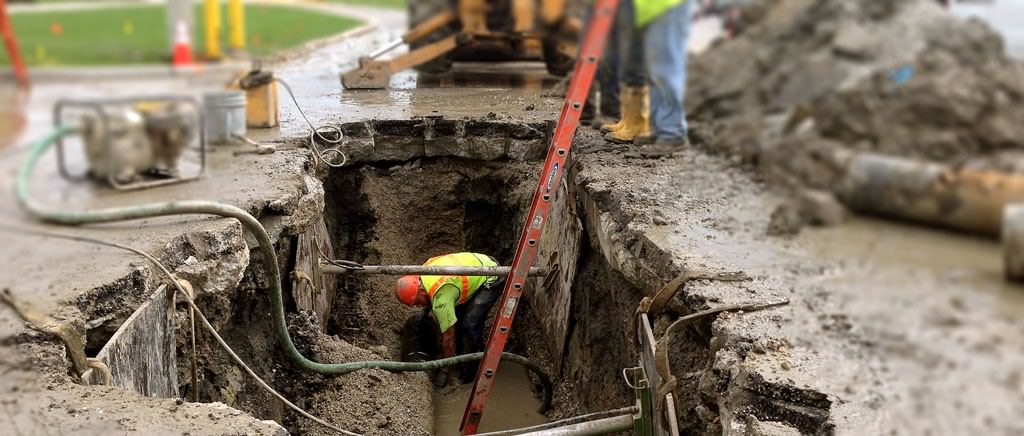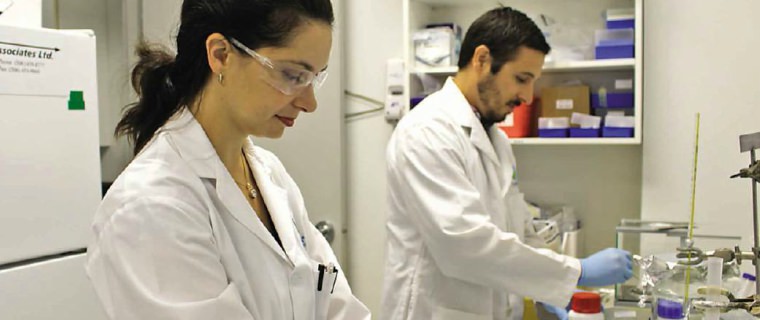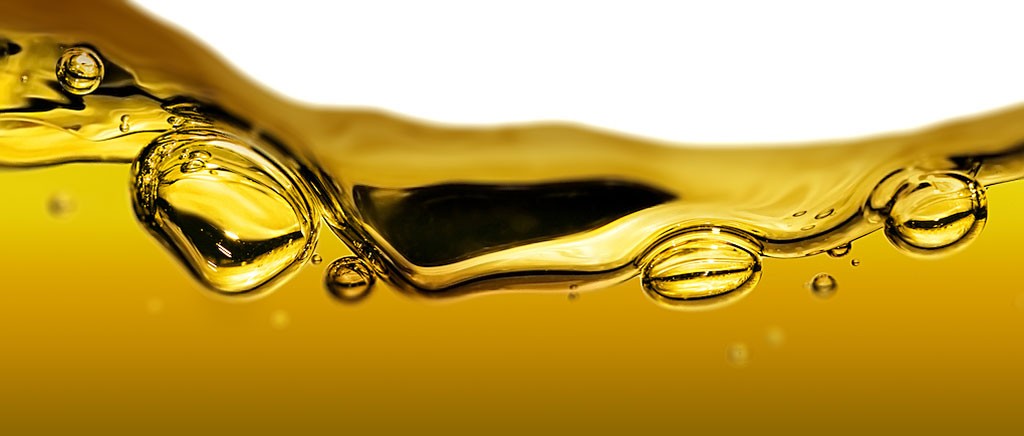Conventional activated sludge wastewater treatment plants (WWTP) operate with solids (mixed liquor suspended solids – MLSS) concentrations ranging from approximately 1500 to 5000 mg/L. In membrane bioreactors (MBRs), typical MLSS concentrations are even higher (10,000 to 12,000 mg/L). A higher concentration can be advantageous as they allow for smaller aeration tanks while performing the same level of treatment. Therefore, pushing MLSS higher, and potentially converting from conventional activated sludge to MBR, may allow a WWTP to deal with problems associated with insufficient capacity. However, raising the MLSS concentration also has some downfalls. As the MLSS concentration increases, aeration efficiency decreases. For instance, going from an MLSS of 3000 mg/L to 4000 mg/L, results in aeration efficiency decreasing approximately 9%. Greater than 50% of a typical WWTPs energy demand is attributed to aeration; therefore, optimizing – rather than just raising – the MLSS concentration can result in significant energy savings. Aeration energy demand is related to the MLSS concentration through the alpha factor. The alpha factor is a ratio of aeration efficiency in wastewater versus clean water and is indirectly proportional to theoretical power consumption.
Maintaining the optimal MLSS is important for both treatment performance and energy efficiency. It’s important to recognize that while MLSS is often used as a surrogate for biomass, the ratio of living to dead biomass varies widely depending on several factors such as toxicity and available nutrients. Therefore, a better process control parameter is active biomass ratio (ABR) which uses cellular ATP and MLSS to calculate the actual fraction of living biomass. Solids optimizations can be done to reduce MLSS (and therefore energy consumption) while maintaining ABR. This is done by purging excessive amounts of non-biological or dead solids.
Example:
A conventional activated sludge WWTP currently operates with a MLSS concentration and ABR of 4000 mg/L and 15%, respectively. The minimum recommended ABR for municipal activated sludge WWTPs is 20%. To achieve a ABR of 20%, the MLSS concentration would need to decrease to approximately 3000 mg/L. Based on research conducted by Krampe and Krauth (2003), this decrease in MLSS corresponds to an approximately 9% increase in the alpha factor, and therefore a 9% reduction in aeration energy consumption. For a 50 MGD WWTP, this corresponds to an annual saving in excess of $100,000. Clearly, there is a significant return on investment associated with solid optimizations.
1Assumed: 1700 kWh/MG, 52% of energy goes towards aeration, and a power rate of $0.07/kWh
See also:
Using ATP in Suspended Growth Wastewater Treatment Systems – What is the benefit?









